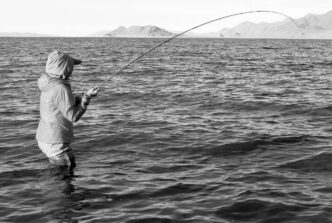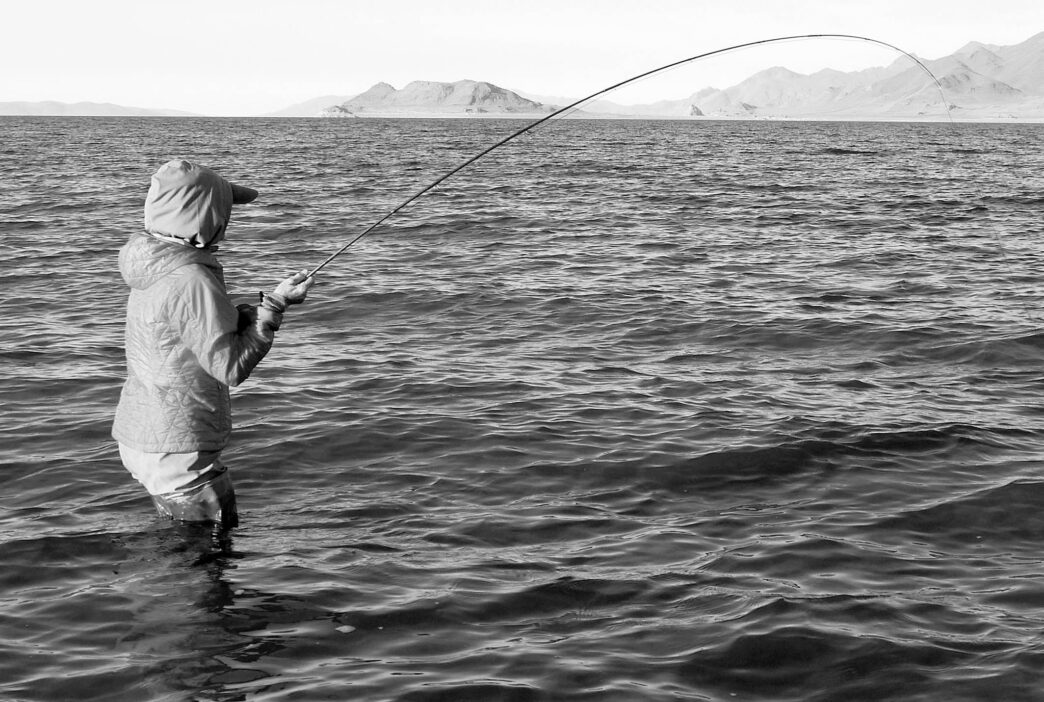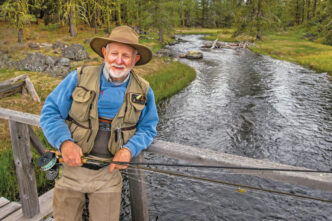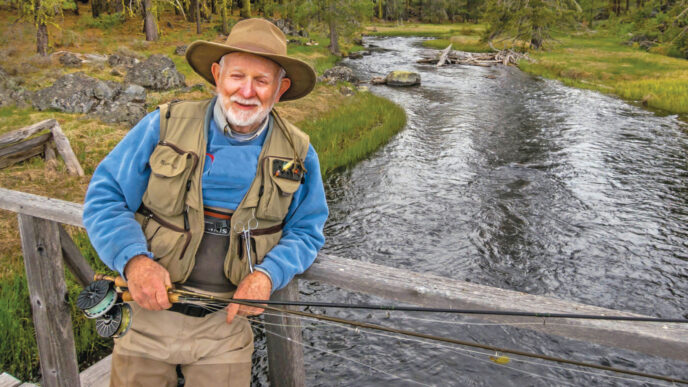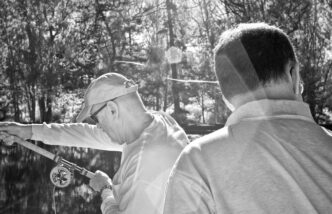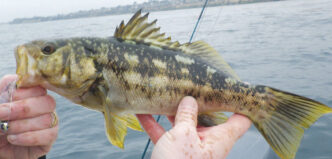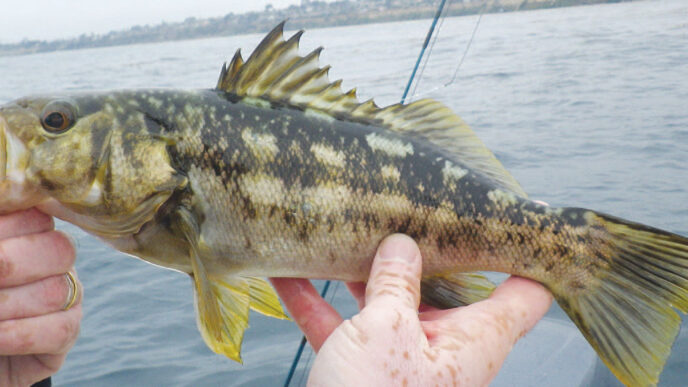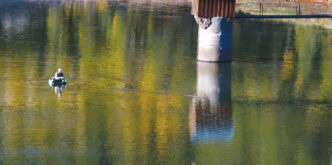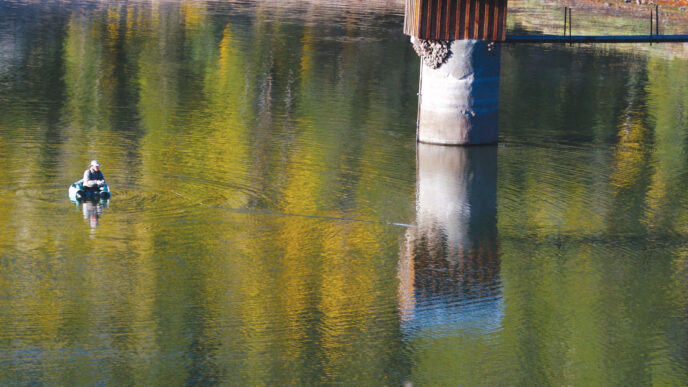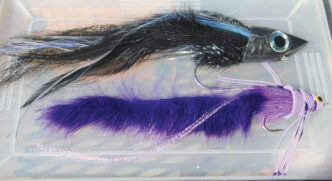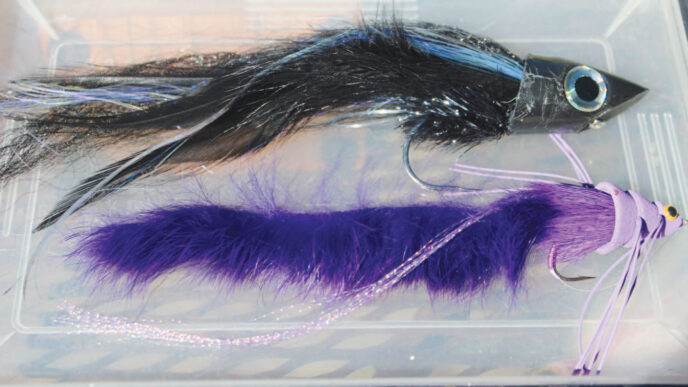Relative to the reams of information on how to cast lines, read water, tie flies, match the hatch, and so on, scant attention has been directed toward the actual hooking of a fish. It doesn’t much matter if you can find the perfect fish, and make the perfect presentation, and do it with the perfect fly, if you can’t actually hook the damn thing.
I don’t know how we were programmed to set a hook by raising the rod tip in the air, but when watching even very young children fish, it seems almost instinctive. This childish method of simply taking the slack out of the system by hoisting the rod frequently works, but often it is the best technique in the world to play catch and release without doing the catch part.
The most effective hooking angle is one where you are pulling the fly directly into the fish’s mouth. This is why most tournament fishing is done by repetitively casting a nymph upstream and dragging it downstream. The second a fish samples the fly, the hook is pulled into flesh. It’s pretty hard to screw this one up. Pretty boring, too.
Upstream dry-fly fishing shares the same hook-set merit. Even though the dry isn’t being actively dragged downcurrent, once the fly is eaten, any motion of the rod will suffice to fasten the fly to the fish.
The worst hooking angle is one where the fish is directly downcurrent and facing you. As the fish eats the fly, the reflexive upward snap of the rod tip will jerk the bug out of the open maw more times than not. This is particularly true when sight fishing. You anticipate the instant of the grab and pull the trigger at exactly the right (that is, the wrong) moment.
The most efficient way to set a hook on a downstream fish is to do nothing, which is admittedly easier said than done. If you do nothing, the fish will either turn and hook itself or the leader will drift past it, creating a tensioning belly, and with any luck, the fly will be pulled into the corner of the jaw.
Most fish are neither perfectly upstream or downstream from the angler, but at some sort of angle. Set the hook by keeping the rod tip low and sweeping it, rather than raising it. Sweeping anchors the line to the water and creates an almost instant set, while raising the rod requires that most of the slack be removed before tension reaches the hook. If the rod is already pointed at the sky when a fish hits, a strip strike might be necessary to clear the slack. A strip strike is simply moving the rod in one direction and pulling the line with the line hand in the opposite direction.
The word “strike” is almost too strong of a verb when sticking a trout. Applying firm, but gentle tension is usually all it takes to bury a sharp hook, and when the fish starts to pull, it will do all the setting that is required. Trout anglers who repeatedly jerk the rod upstream to bury the hook are the true jerks in the system.
Despite popular fishing jargon, trout don’t normally chomp down on a fly, but rather inhale it. The term “getting sucked” would be more apt than “getting bit.” I think most people understand that fish inhale small bugs, such as little mayflies and caddisflies, but anglers become a lot more skeptical of the notion that trout Hoover big insects such as grasshoppers, cicadas, and stoneflies. Of course trout can and do pluck insects, but the fast, splashy rises that often accompany the grab of a two-inch hopper is a suction capture more times than not. This last summer, Lisa spent days patiently tossing over one thousand hoppers off a bridge into a famous Montana spring creek filled with selective trout while I filmed with high-definition, high frame-rate video gear. The frame-by-frame playbacks are telling. Even the most aggressive rises were preceded by the bug disappearing into a vortex of water framed by the trout’s gaping mouth and flaring gills.
This sucking of bugs is an excellent feeding technique because even if the trout rises slightly off course and misses the insect, the prey can still get trapped in the vortex. And a completely unanticipated discovery in the frame-by-frame and slow-motion video playbacks was how often trout missed their target. On some days, they missed big target hoppers and crickets almost as many times as they nailed them. There was no last-second attitude adjustment as the trout “refused” the fly. These fish were on a focused trajectory that came very close to their prey, but missed by just enough that the bug escaped. The misses were so close and so fast that without a camera, I would have sworn that the fish had eaten and rejected the bug in that split second. When the “refusal” is seen at normal speeds, especially at water level, where most anglers stand, the bug disappears behind the splash and wake and often gets partially gets sucked below the surface at the edge of the vortex. It would be entirely logical to assume that the bug was eaten by the fish and instantly rejected, so it would be equally logical to assume that the fish saw some critical error in the presentation of an imitation and veered away at the last second. I’m beginning to think neither of these actions occur nearly as often as we believe.
When looking up at bugs from underwater, there are a lot of illusions and confusing factors in play. Unless the fish is almost directly under the bug, which it rarely is, the part of the insect above the water is hidden behind the mirror that reflects from the underside of the film. When the above-water portion of the insect is visible, refraction will distort its true location. The trout has to key on the imprints of tiny bug feet pressing atop the film or on kicking legs that have punched through the surface. Any part of the bug below the film is reflected in the mirror above it. A 6-legged insect appears to have 12 legs, and half of those legs aren’t real. Unless the sun is directly overhead, the reflection of the bug is off to the side of the real insect. Add a few ripples or some current, and the actual target prey becomes elusive. The most missed strikes we observed occurred during a light rain. I can only imagine how random rippling raindrops could screw up a trout’s perception of bugs floating overhead.
There is an age-old argument about missing grabs because the hook set was too quick or too late. This gets especially heated when fish are taking dry flies on still water. I’m going out on a limb and suggest that in many, perhaps most instances, no hook-set strategy in the world is going to work, because the trout never had the fly in its mouth in the first place.
How can we help fish get our bugs into their mouths? Probably the first place to start is with tippet. Even 5X tippet anchored into the surface film can act like a wire leash on a little fly and keep it from falling into the vortex. If you are getting last-second “refusals,” try rubbing fly floatant on your tippet so that it slides over the water, rather than digging in. Go to a more flexible tippet, and use a Loop Knot. Try one fly size smaller. If the fish is missing the bug because of some image distortion, a smaller target might possibly reduce the footprint of the distortion.
Trout feeding on nymphs don’t have nearly the accuracy problem that they do on the surface. The bug appears to be exactly what it is and precisely where it is. I never cease to be amazed at how far away a trout can see a near planktonic-sized nymph and accurately intercept it. Despite this, artificial nymphs on leaders frequently get missed, especially those on tight lines or on a swing. In a typical scenario, the trout anticipates the arrival of the nymph and may even sidle over a few feet to intercept it. The fish tries to inhale the bug, then watches in dumbfounded amazement as the nymph, tethered to a leash, drifts by unaffected by the vortex that the fish just produced. Sometimes the fish will dart after the nymph and eat it, but many times, it doesn’t bother and just waits for the next item to float by.
When swinging or skating flies, keep a loop of slack line between your finger and the rod’s cork. When a fish takes the fly, let it pull the loop through your fingers until it tightens to the reel, and only then apply tension to the fish by sliding the rod sideways. If you get the slightest bump or see a flash, release the loop, so that if the fish comes around for a second try, the freely drifting bug will be more likely to get inhaled.
Our sense of what is going on underwater when fishing nymphs and streamers is highly overestimated. Don’t expect the fish to tell you when it is tasting the fly. Jig the hook repeatedly during each and every drift. You just need to bump the line an inch or less to connect if a trout is drifting downstream with your fly in its mouth. When fishing streamers, take every inch of slack out of the system, watch for any movement where the line enters the water, and learn to hold and release that loop, should you get a bump that doesn’t connect. Vary your retrieve! Some fish will turn on if the streamer speeds up, others want it slowed down, others want it held still in the current so it just sits there wriggling, and still others won’t hit unless the fly is given slack and allowed to fall.
Some trout nip at the tails of streamers, just as some aquarium fish are notorious tail biters. It is almost as if these fish are more interested in chasing the streamer out of their territory than in eating it. Sometimes these fish will succumb to a stinger hook, but I’ve had more success trailing a small nymph about 18 inches behind the streamer.
Tactics are important, but the most important tool for hooking is the hook. Sorry to sound so glib, but the majority of anglers buy or tie their flies because they look cool and never give a second’s thought to the ability of the hook to serve a purpose other than as a platform to support a fly.
First and foremost, regardless of hook style, it must be sharp! Any quality modern hook is either chemically or mechanically honed to a beautiful point and will be good to go right out of the box. We are completely spoiled by the quality of today’s hooks. I was recently reminded of this when I needed some size 4 60-degree jig hooks on short notice. These are a special order hook (the Fly Shop in Redding is the only place I know in the United States that has this size in this style), but fortunately, I had a stash of a Eagle Claw 410s from back in the day. The first thing I noticed was the tying thread getting frayed by the unevenly closed eye. This hadn’t happened for years on more modern hooks. The next was that my thumb didn’t bleed when I stabbed it with the hook point while tying in some wire. This hook wasn’t nearly ready for fishing. Keep a hook file or hone on your person (not in some boat bag) while fishing and use it frequently.
Being raised on a diet of Marinaro and Schwiebert, I took it on good faith that offset (kirbed or reversed) hooks are the only way to go, especially in small sizes. It wasn’t until reading Datus Proper’s mind-blowing The Way of a Trout in 1982 that I gave a second thought about the utility of offset hooks. I systematically started comparing the hooking success of my treasured Edgar Sealy and Partridge kirbs with ordinary J hooks and never found any significant difference. Later, Darrel Martin came to the same conclusion in his exhaustive dissertation on hook design in Fly-Tying Methods.
Other than sharpness, hook gap (or gape) is the most critical aspect in the effectiveness of your fly connecting with and holding a fish. Small hooks are notoriously bad at sticking fish. Try tying (or buying) flies on outsized hooks. A size 22 midge on a size 18 hook might look weird, but the payoff can be increased numbers of fish actually landed. Beads occupy a great deal of real estate in a hook’s gap. On smaller flies, perhaps you might experiment with eschewing beads altogether and use a few wraps of bright, exposed tungsten wire at the eye, instead. A drop of epoxy or Clear Cure Goo on the wire wraps will make it appear almost as large as a bead without filling the gap. Even better than wire might be to use a 60-degree jig hook. Jig hooks not only place the bead farther away from the point, but also put the line’s pull in more direct alignment with the point, which theoretically provides greater hooking efficiency. One of my all-time favorite flies is the Quasimodo Pheasant Tail Nymph. The QPT is traditionally tied on a curved hook, which looks cool, but the same fly on a jig hook seems to be more effective at actually hanging on to fish.
Anticipate the grab, plan your reaction, and react with your plan, rather than getting surprised and jerking the rod in the air in a childhood salute to another fish lost. If your hook is actually good at hooking, you’ll hook up.



